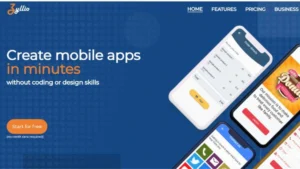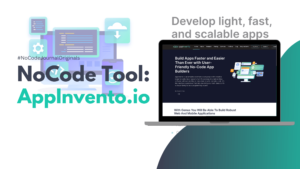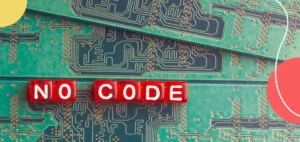NoCode Tool: Open Lowcode
- Manish Balakrishnan
According to Gartner, by 2024, three-quarters of large enterprises will be using at least four LowCode development tools for both IT application development and citizen development initiatives. Also, by 2024, LowCode application development will be responsible for more than 65% of application development activity. So LowCode platforms are increasing their presence, and here we are introducing another LowCode platform called Open LowCode.
Open LowCode starts with the premise that you can build exactly the application you need with Open LowCode, faster than with a classical specific development methodology. In the digital economy, businesses compete and win by connecting data, people, and processes, and speed is of the essence. In Open LowCode, you start with a blank sheet and define what you need in the application template. The designer then generates the application. You can then run it with the Open LowCode server, and connect to the app through the Open LowCode client.
Founder’s story
Nicolas De Mauroy is the founder of Open LowCode. Nicolas has more than 20 years of experience in creating and integrating enterprise software. Nicolas started with creating internal IT systems for Telecom providers, including CRM and Billing systems, etc. For the past 12 years, he has been working within Product Life Cycle Management, the software backbone for industrial companies, mainly the engineering department.
The experience within these organizations was enriching, but it also made Nicolas realize that the current way of using technology in organizations was inefficient.
On the one hand, we have COTS(Commercial Of The Shelf) products for Product Life Cycle Management like Windchill from PTC or CRM’s like Siebel or Salesforce. Once the product comes in, there are always customizations needed to make it work for your organizations. Then there are also cultural aspects, the same COTS product for the same organization will require different implementation in France vis-a-vis Germany cos of the cultural nuances.
One the other hand, when you are writing custom applications for your organization, you usually don’t have the best IT talent available. Like in an extensive engineering or manufacturing company with 15K employees, you might have around 100 in-house IT employees. There is a minimal likelihood that this talent will be the best in the business and can handle all kinds of technology applications. The lack of excellent resources results in creating sub-standard, and just acceptable code pushed to production in the organization due to lack of time.
Both of these scenarios are very prevalent in organizations. Nicolas realized that we needed a different way, and that’s where Open LowCode came into being in 2013.

What is Open LowCode?
The best way to think of building with Open LowCode is to make a software application like how you would create with Lego blocks. Every app needs basic building blocks like data model, security, workflow, and automated calculations. The business logic over and beyond these lego bricks is maybe 5%, which can be custom code.
He experimented with it within his current organization when they didn’t have money to do an SAP implementation. So they wanted to create a budgeting application, and Nicolas used Open LowCode to create the applications using lego based building for LowCode. The feedback received by his coworkers were very positive, and the cost was way less than using a COTS product.
Usually, customers start working with Open LowCode by stating the issues they have with data, generally within Excel sheets and similar data repositories. By creating a good representation of the data model and then using lego-like bricks, Open LowCode can generate 90% of the application, which corresponds to the customer’s need. The remaining part is where actual coding for complicated value-added stuff, connecting and integrating may be required to make the application robust and customizable. Typically, there are a few iterations (which are all done fast) before the customer finally gets the required product.

Future for Open LowCode
Nicolas is finding for customers outside of the initial customer set and get enough volume of work to focus on the project full time. The product is ready enough for specific use cases now, and the focus is on selling the product to the broader audience within manufacturing and engineering companies. The intent is to get the tool in more Enterprises, which can create products and automate, increase productivity, and reduce IT dependency. The purpose is to get the lego bricks of Open LowCode in the hands of Citizen Developers so that they can iterate, innovate, and create with the help of specialized developers for the last 5% to complete projects.
Nicolas’ plans for Open LowCode are finding new customers and, hopefully, raising money for his platform to work on it full time. Nicolas can offer to the community is his knowledge and experiences of working in large enterprise companies and building products. His ask from the NoCode community is for more people within the Enterprise NoCode and LowCode space to know about Open LowCode.
Summary
Nicolas is pushing to have his product built in the small town in the south of France to be well known and used across the world. We at NoCode Journal wish him all the best and will be right by supporting him on his journey with Open LowCode.
Share
follow us
Explore related posts
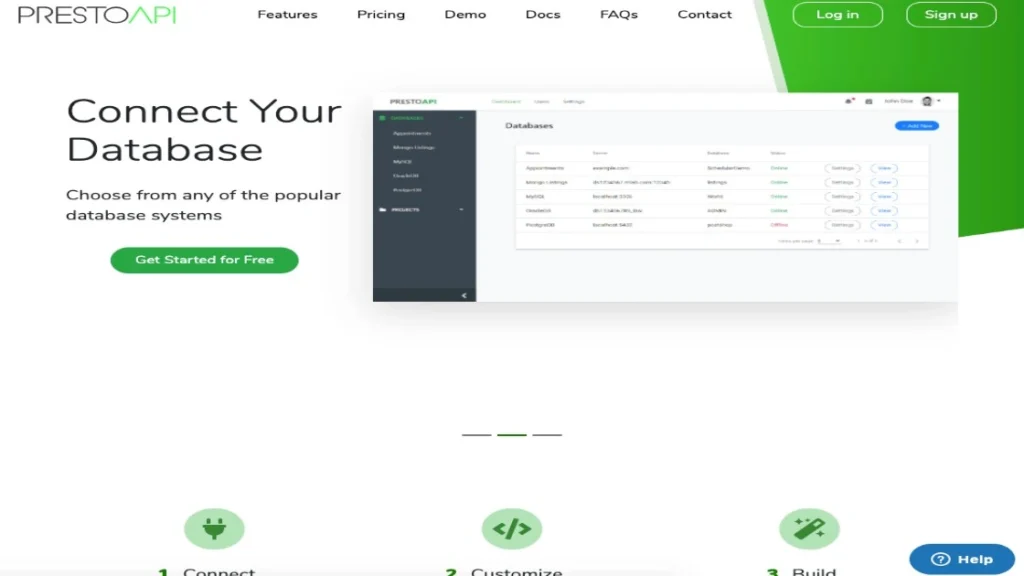
NoCode Tool: PrestoAPI
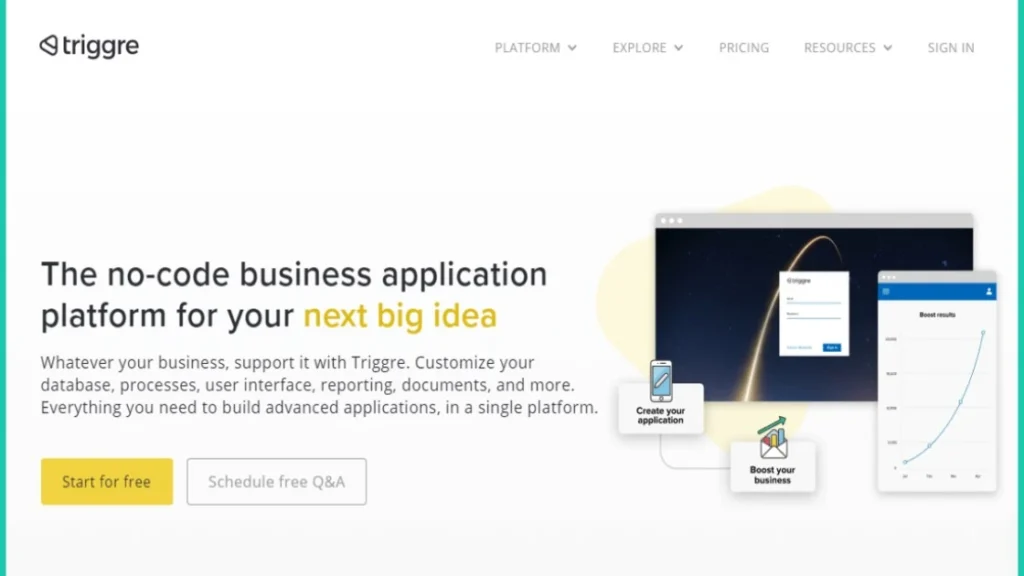
NoCode Tool: Triggre

What Is Notion AI AND Ways To Use This Powerful New Tool









